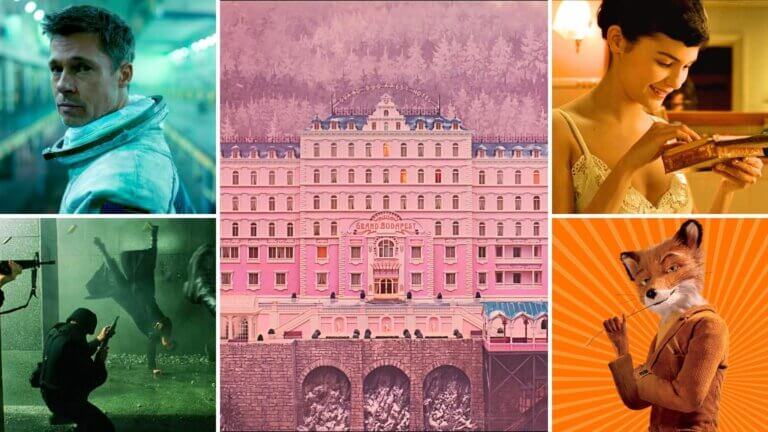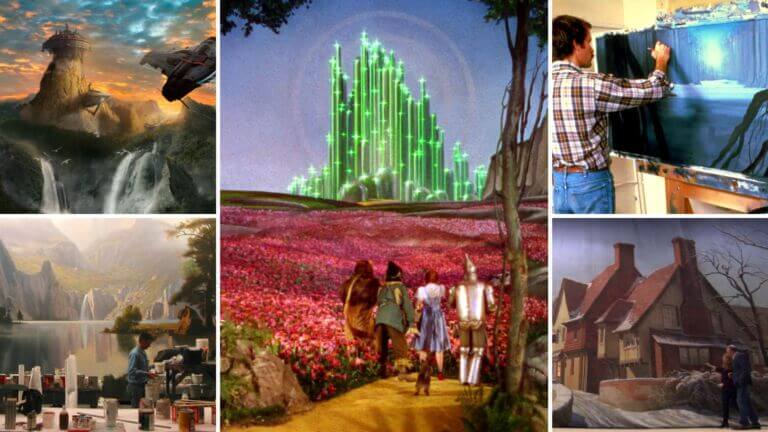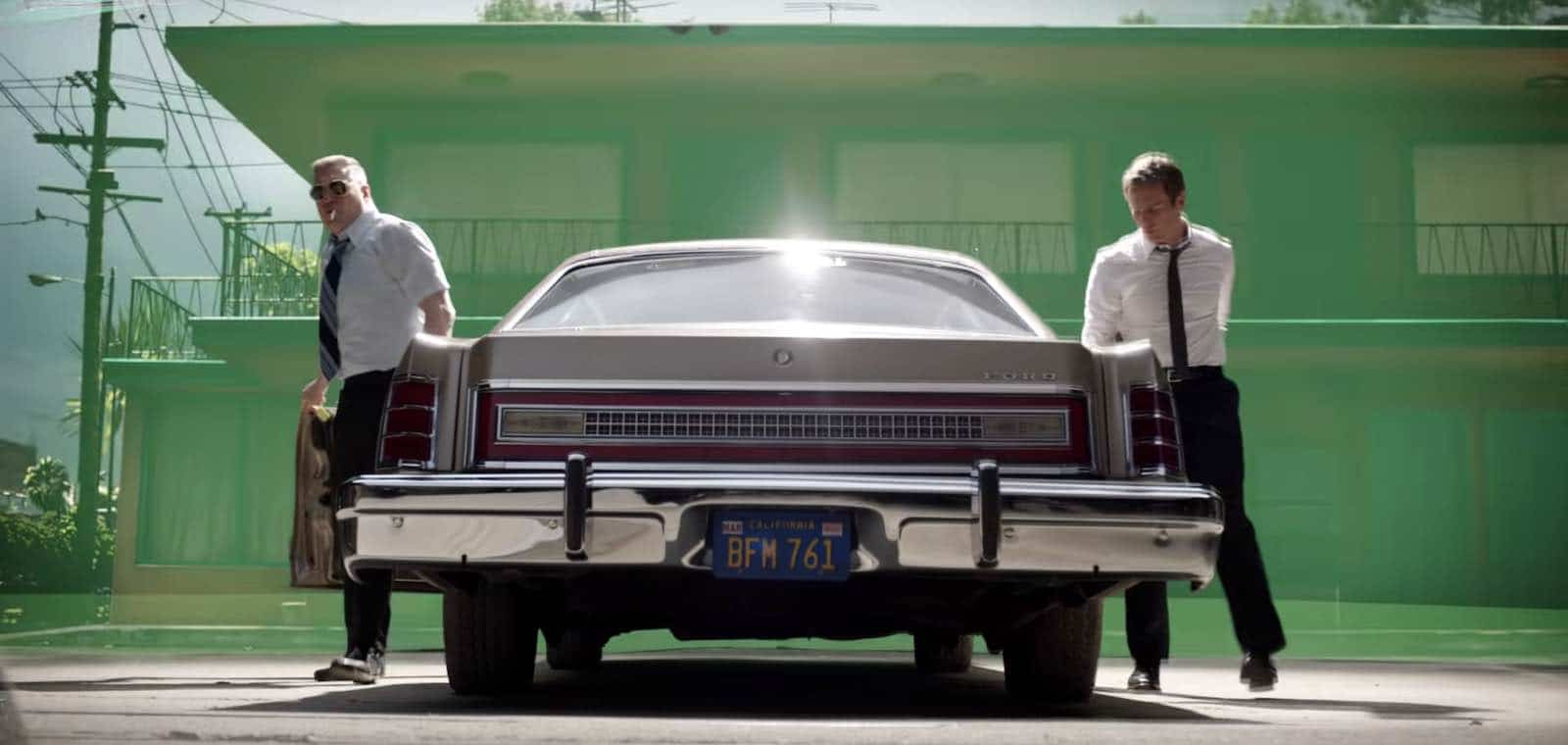What are monochromatic colors? What is a monochromatic color scheme in filmmaking? Why does it matter and how is it different from other color palettes? These are the questions we’ll be answering alongside a dive into the purpose and psychology of color in storytelling and a look at some of the best examples of monochromatic color schemes from film and television.Continue reading What is a Monochromatic Color Scheme — Definition, Examples
What is a background artist? It might sound like a simple question, but the answer is a bit more complex than one might expect. The term ‘background artist’ can be used to label two different professions and both of them can be found working on a film set. We will break down what those two different meanings are and what each of them does.Continue reading Background Artist — Animation & Film Crew Position Explained
If you’re familiar with David Fincher movies, you know they focus on serial killers, robbers, brawlers, and murderers alike. You might also know that he has a reputation for being an exacting, obsessively technical director. However, dark subjects and visual meticulousness belie Fincher’s overlooked secret weapon: his ability to connect with actors on a human level to draw out authentic and defining performances. This humanity, this messy warmth, doesn’t simply transcend Fincher’s bleakness and robot-like technical rigor: it exists because of it. That’s the genius of David Fincher films.Continue reading The Directing Style of David Fincher
When I watch the Netflix series Mindhunter, I’m blown away by how accurate the production design seems to portray the time period. I think to myself, “How do they find these places?”The short answer… they don’t. They find locations that have the right skeleton, and then collaborate with a skilled VFX team to enhance scenes with CGI like matte paintings, 3D tracking, and composites.Take a look at the Mindhunter VFX in the video below:Continue reading VFX in Netflix’s Mindhunter: Matte Paintings, Composites, and 3D Tracking













